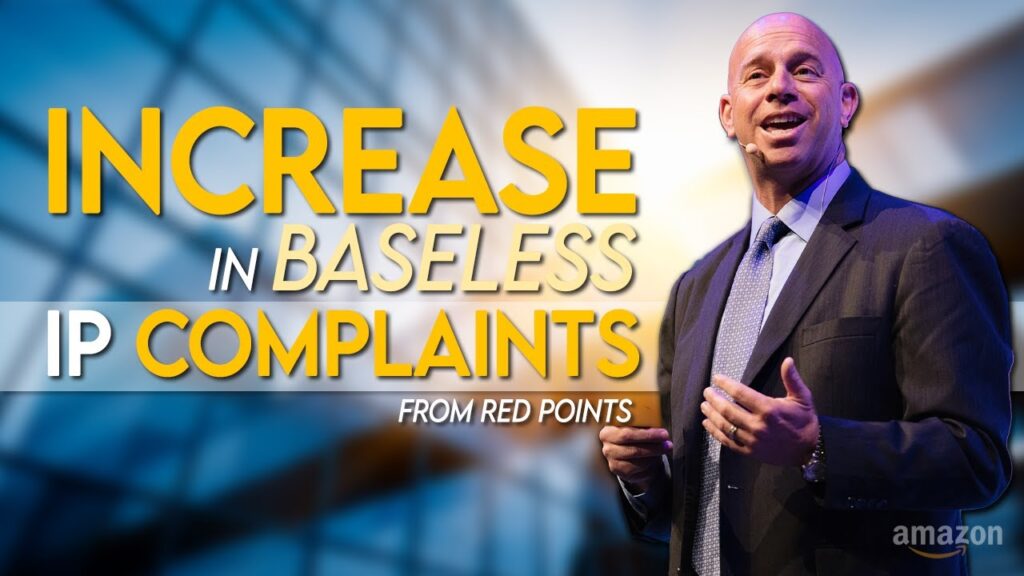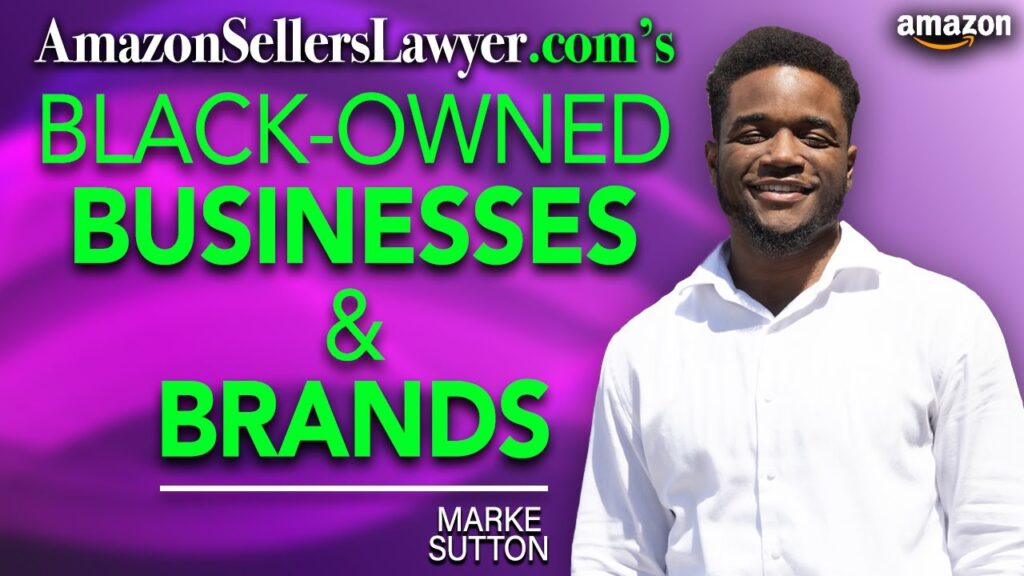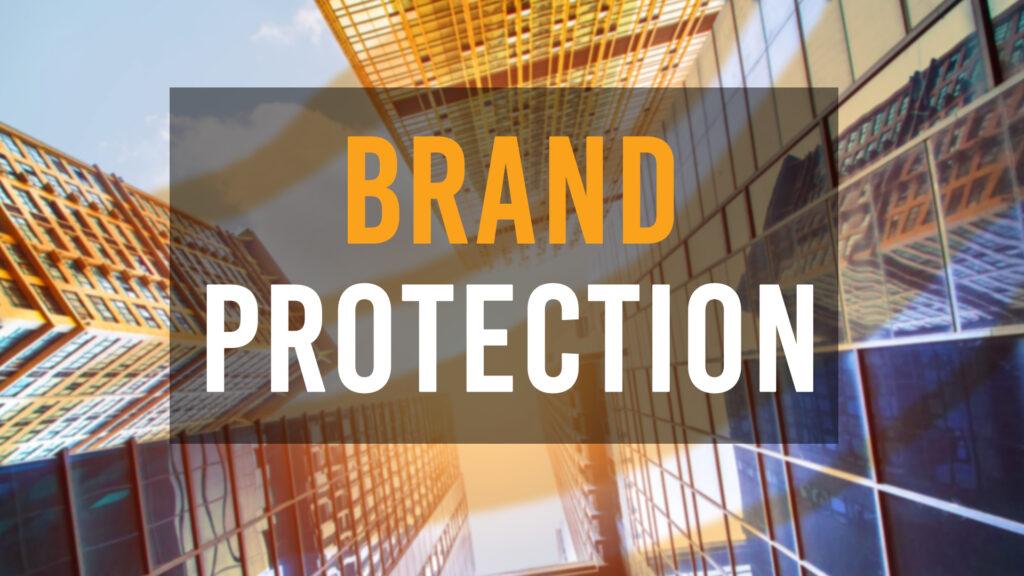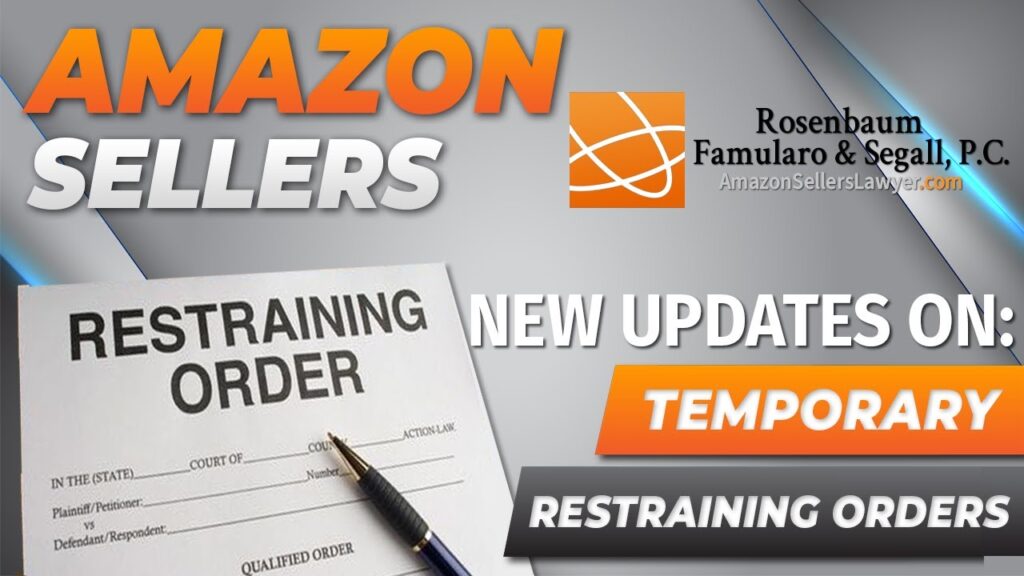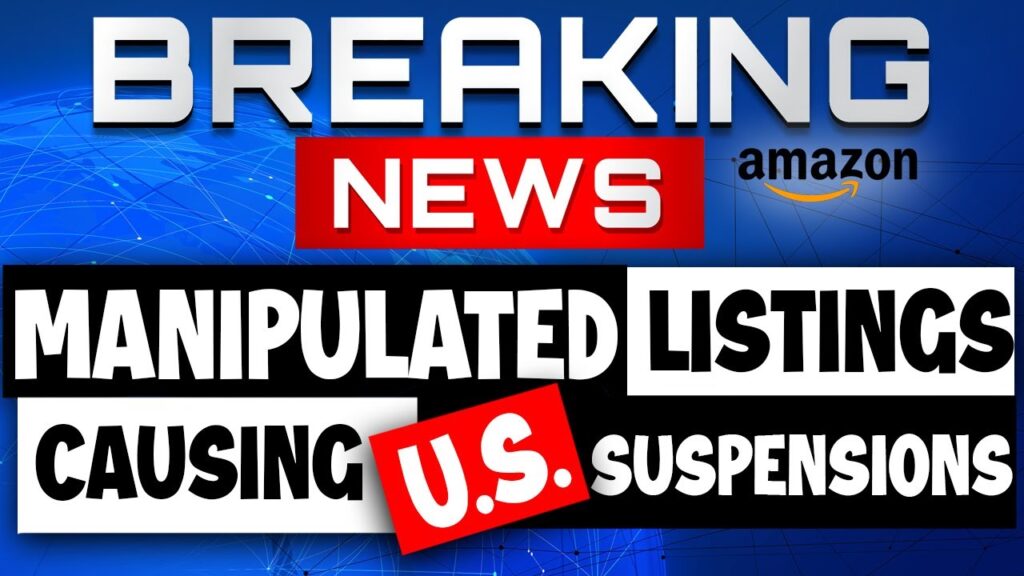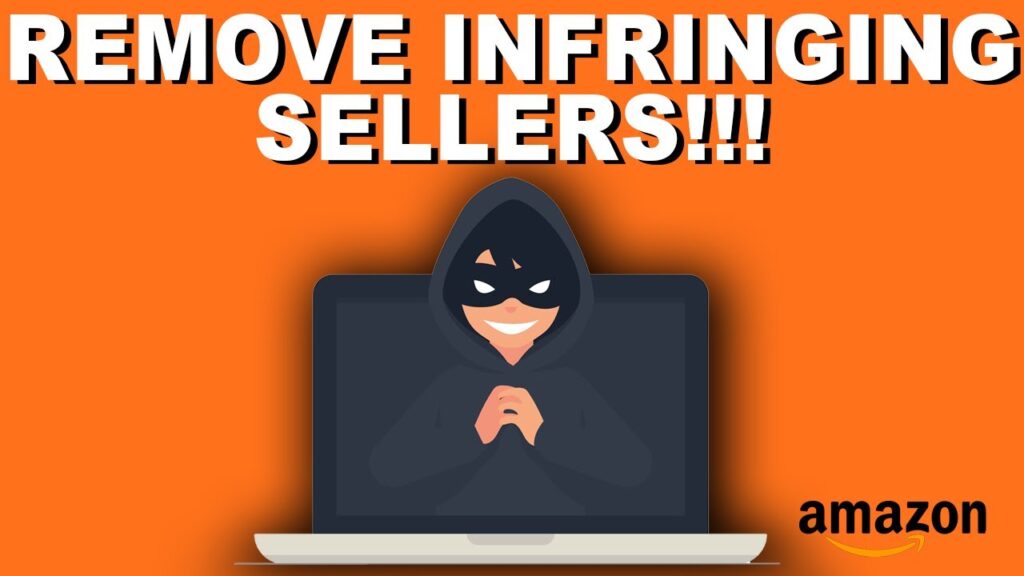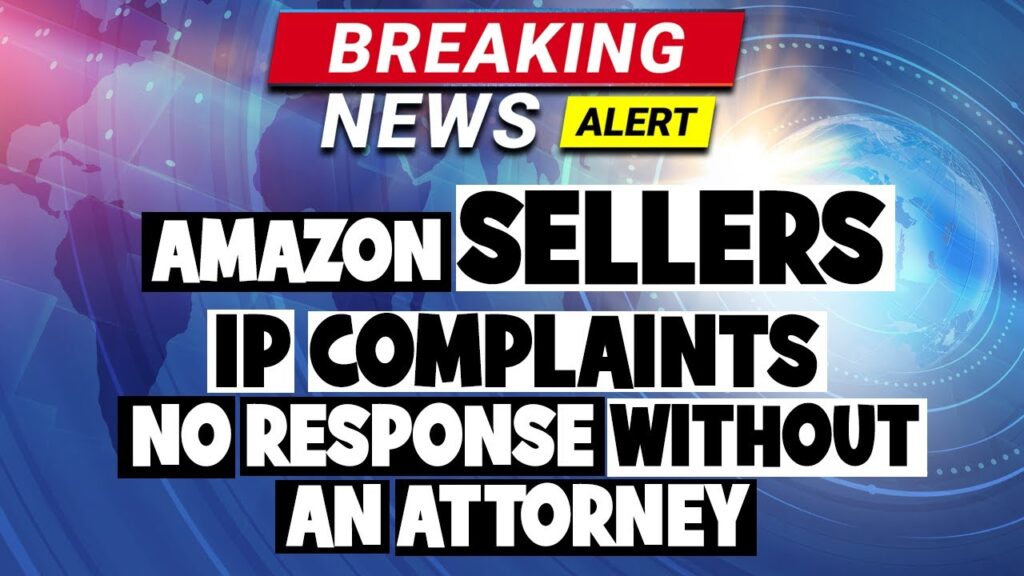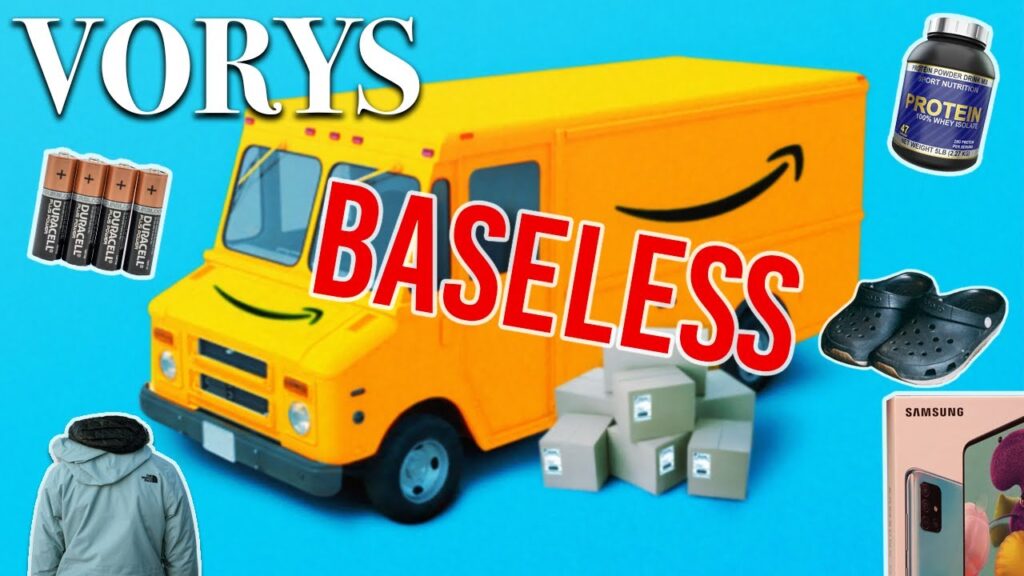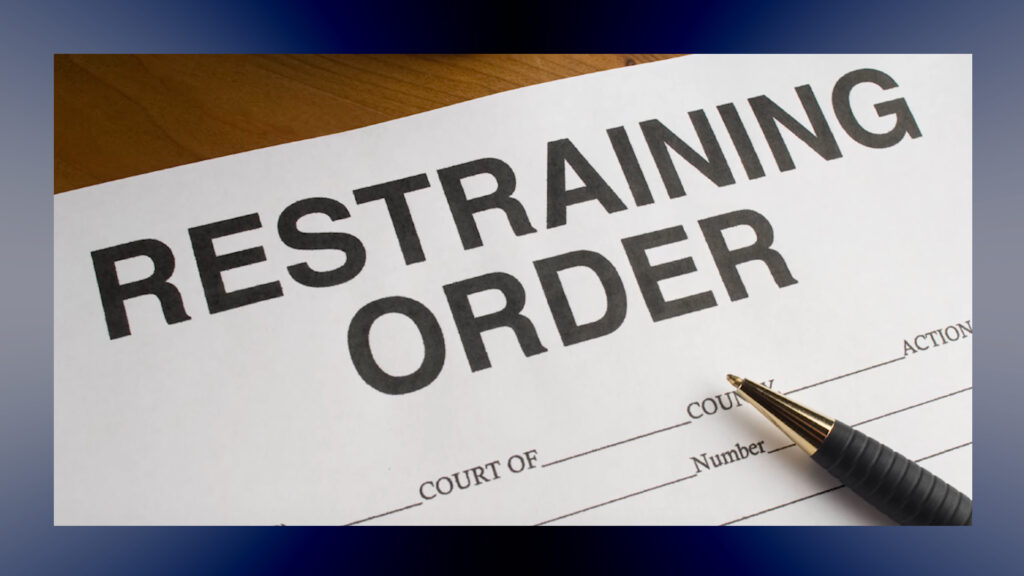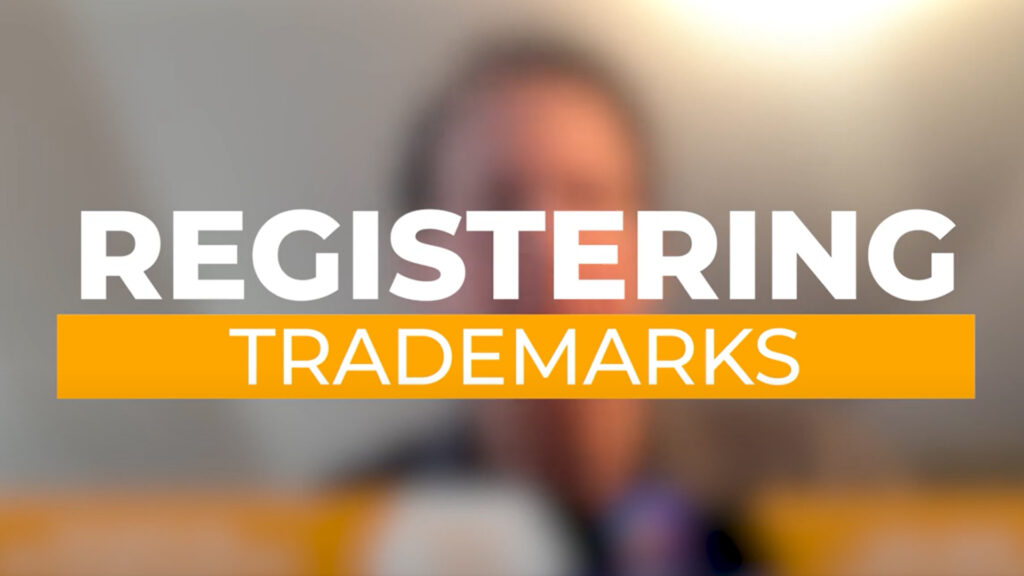Brand Protection Services for Amazon Sellers and Private Labels
As a law firm, our team stands up for Amazon sellers against baseless IP complaints and obtains withdrawals.
When Amazon refuses to reinstate accounts or release sellers’ money, we take Amazon to arbitration.
As sellers pivot into creating their own private labels, we help file trademarks & protect their brands from counterfeiters.
Monitoring ASINs
Listing hijacking is a phenomenon that every seller, big or small, should be aware of and actively seeking to prevent.
Sellers unauthorized to sell a brand’s product but pop up on those listings and attempt to sell them anyway are called “hijackers”.
Monitoring ASINs frequently will help alert sellers to deal with hijackers more quickly and efficiently.
Hijackers may be selling counterfeit products, infringing products, or inauthentic products.
Each category is equally important to prevent, from a seller’s point of view, however they’re treated differently by Amazon.
Inauthentic goods are not strictly defined by Amazon; but one thing is certain, these products are not necessarily counterfeit. Generally speaking, Amazon uses the term “inauthentic” for goods they believe may be from the gray market. Those are goods potentially procured from unauthorized channels of trade. As Amazon uses the term, inauthentic goods are defined by the place of purchase by the seller. That is to say, items purchased outside of the legitimate stream of commerce are flagged by the purchaser.
Our ASIN monitoring program uses a sophisticated monitoring software that gives us updates twice daily. We have the capability of monitoring numerous ASINs for many sellers simultaneously. The status of each ASIN is reported and further reviewed by one of the many dedicated brand protection team members at Rosenbaum Famularo, P.C. We review this data twice a day to ensure that we have the maximum amount of information to protect you from hijackers.
Keep in mind that Amazon is a global platform. Anyone from anywhere in the world may be joining a listing and selling cheap, inauthentic goods at some one else’s expense. The reason we are able to help as many brands remain as hijacker-free as possible is the frequency with which we check listings.
If sellers decide to undertake this massive and time-consuming job themselves, do the sweeps as frequently and thoroughly as the business is capable of.
Test Buys
The test buy is a necessary part of conducting brand protection on Amazon.
Why is this step so crucial? Without the test buy, neither sellers nor anyone on our staff, can properly evaluate if the product in question is in fact counterfeit, infringing, or inauthentic.
Test buys should be conducted before contacting us, as it will save time.
Thus, accelerating the timetable for sellers to regain control of their listings. Once you have conducted a test buy, send it to our office so that we can conduct our own evaluation.
Infringing or inauthentic claims are serious if they are leveled against a seller.
If the claim turns out to be unfounded, then a seller may lose several days of sales, or even lose selling privileges altogether. We take the ramifications of these claims seriously. As a result, we strongly encourage every seller to verify the product they claim is infringing with a test buy.
If our evaluation concludes that the product is in fact infringing, inauthentic, or counterfeit, we will advise moving to the next step: sending a cease and desist letter to the infringing seller.
Cease & Desist Letters
Cease and desist letters are an effective way to put nefarious sellers on notice of pending action if they do not comply with the terms set forth.
We generally choose this as the next step because we take these matters quite seriously and do not wish to harm sellers on Amazon. In some cases, sellers are simply unaware that they are infringing on another brand’s rights. In others, sellers agree to the terms of the cease and desist letter without further issue.
A policy that our brand protection on Amazon unit implements is asking clients to pre-authorize certain actions in the event an affirmative response to the cease & desist letter is received.
This saves time between waiting on responses to emails as the client already approved us to act. This helps get our clients back in control of their listings even faster. If no pre-authorization is given, then either the client is informed as soon as a response is received or, if no response is received, the time expires for the letter as is normal.
Cease and desist letters usually allow a two-business day time period for the recipient to respond. If an affirmative response is given by the possible infringing seller, then a contract is drawn up stating the terms of the agreement. If there is no response, or a response indicating the seller will not cease selling on that listing, then a report of infringement is generated.
Reports of Infringement
After conducting test buys, we draft a report on our letterhead based on the inherent differences between the two products, warranty differences, any infringement of registered rights. Then, we ask our clients to accordingly change the warranty information on both their website and the product detail page.
CJ Side Note: Remember, only sellers registered for Brand Registry 2.0 may change the product detail page. This is an incredible tool for private label sellers to take advantage of.
Once both the listing and private label websites have been sufficiently altered, a member of our brand protection team will submit the report on the client’s behalf. Reports drafted by our team many times, leads to success. Submissions to Amazon detail the infringing content, seller, and all attempts to resolve the issue prior to this submission.
Amazon is more responsive to reports of infringement if there have been attempts to resolve the issue with the other party. If the client has registered rights, then the document will argue the other seller is violating those rights. If our client has either a pending application for rights or merely common law rights, then the letter will assert their common law rights.
Brand protection on Amazon: In order to make the strongest argument possible, we ask several questions to ascertain the extent of use for our client’s mark.
First, we ask when the date of first use of the mark in commerce was. This establishes the point at which common law protections begin.
Second, the number of products sold in the United States bearing the mark.
Third, the number of customers buying products bearing the mark in the United States. These points go to the strength of the mark among consumers.
Fourth, quantifiable evidence of marketing and or advertising expenditures. Large scale marketing campaigns may show the area which our client’s mark covers. When dealing with traditional, brick-and-mortar stores, geographic area determines where the mark is protected. Protection partially determines the scope of advertising. The greater amount of advertising, the greater the area of protection is extended. Similarly, the more an e-merchant advertises and spends in advertising on the internet, the stronger the argument for common law rights.
Fifth, whether there are any links to websites using the mark in commerce. Links to other sites in commerce shows the penetration of the mark on the internet. The more links that take a customer to that particular product, the better. If client have a pending application, the links are used to show the client’s good faith in usage of the mark. These questions help us determine how to approach the report. If the initial report is not accepted by Amazon, we revise and resubmit the document in hopes it will then be accepted.
Drafting Warrantee Language
Changing the existing warranty language, or drafting initial warranty language is an essential element of reports of infringement.
Warranties circumvent a rule known as the “first sale doctrine”. The first sale doctrine states that persons selling a product from an authorized retailer, distributor, or the manufacturer are not liable for selling infringing products if they are the first purchaser. However, there are exceptions such as differences in warranty.
The United States Court of Appeals for the Tenth Circuit held in Beltronics USA, Inc. v. Midwest Inventory Distribution, L.L.C. that warranties may be a point of material difference nullifying the first sale doctrine if the unauthorized seller is unable to provide anything the warranty states.
Test buys reveal if there are material differences between the two products. However we believe it’s best to submit several arguments in the same report to increase the likelihood of success.
When deciding how to create a material difference between the two products we have several touchstones.
First, it’s important to know that each warranty will be different. This means it’s different from product to product, seller to seller, and even between the same style of products.
This means every warranty drafted is unique to that product and seller combination. We use our knowledge of warranties to generate ideas about what may be included or excluded from the updated language. We also look to what may be common language among successful products in that category. Sellers must have the capability of fulfilling any warranty request made by the purchaser of a product. Therefore, it is imperative to know the capability of the seller.
Finally, we work with clients to find something unique that only our client can deliver to incorporate into the warranty. This ensures that if someone tries to redeem a warranty outside authorized channels, a material difference will exist. Again, this depends on the product; as something like shampoo will have a general warranty satisfied by all. This is why we always include language stating warranties are redeemable only with proof of purchase from authorized retailers.
When it comes to selling a private label brand, you need to maximize every single sale & there’s 2 ways of doing that:
#1: Make sure you’re getting every sale.
Contact managing attorney Rob Segall. Rob leads our brand protection unit at the firm. He can set you up where we’re monitoring every single product you sell and see who’s on that listing. If it’s an authorized seller who’s delivering the exact same products to consumers, then you can’t do much about that. If you have hijackers selling products but they cannot fulfill your warranty or deliver the same benefits to consumers, then we can monitor. We send cease & desists, which are extremely effective. We can make complaints when appropriate.
#2: Maximize your profit on every sale.
By protecting your brand, you avoid negative feedback & tricks that sellers do if they’re put out of business. So, make sure you’re maximizing your profit on every sale. You do that through inventory control. If you are selling out of your inventory too quickly, then you need to make sure your inventory lasts. How do you do this? You raise prices. Supply & demand. Your sales may slow down because your price is higher. But, the brand protection is stopping anyone else from selling your products. Also, your inventory is going to last a bit longer.
How to Report Infringing Conduct on Amazon:
We reach out to AMZ hijackers & give them a chance to amicably resolve the situation before we file a complaint.
After our brand protection unit sends a cease & desist letter to an infringing seller, a lot of times, we will get a response and they will remove the listing on their own. However, if they don’t answer or remove the listing, we take it to Amazon & file a report of infringement.


When a brand protection client calls us, we first ask if they have any intellectual property rights, such as a registered trademark, copyright or patent.
A seller doesn’t have to be registered for a trademark / copyright. But in terms of enforcing on ecommerce platforms, it’s beneficial to have registered rights.
Occasionally, our brand protection gets calls from clients stating that someone is not complying with their MAP (Minimum Advertised Pricing). Or someone has joined their listing and they are the sole owner of the listing on Amazon. These are not enforceable complaints; a seller cannot enforce their IP rights with these arguments. Amazon makes it very clear that MAP pricing does not constitute intellectual property infringement. The same thing goes for joining a listing; if you create a listing, you grant a perpetual license for someone to use your images & words on the listing.
We have tremendous experience with rights owner complaints and intellectual property law as it pertains to Amazon sellers. Our brand protection on Amazon is top-notch.
We have hundreds of pieces of content about brand protection on Amazon. Read more below:
Has an Amazon suspension destroyed your business? The solution is here. We have hundreds of happy client reviews and many reinstatement successes.



